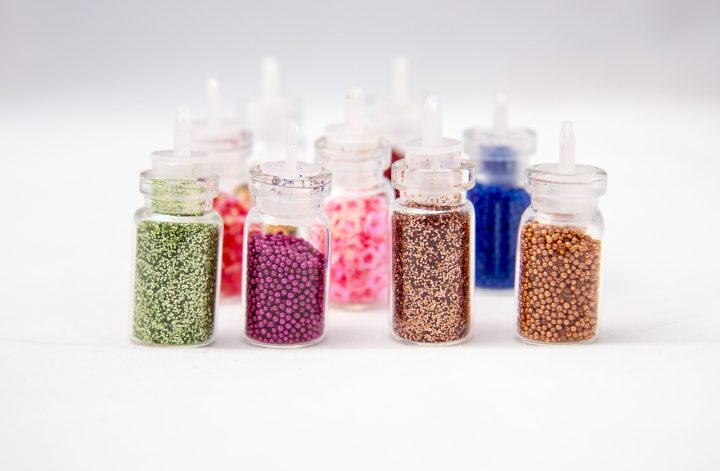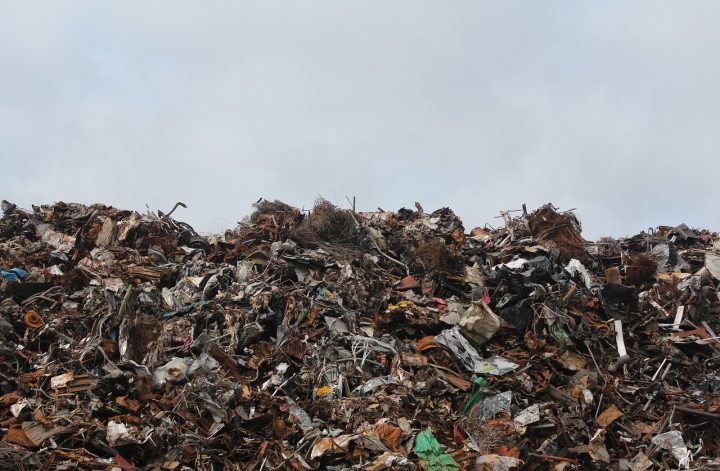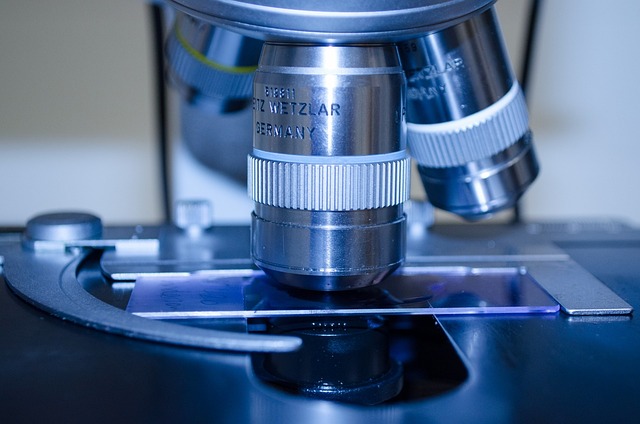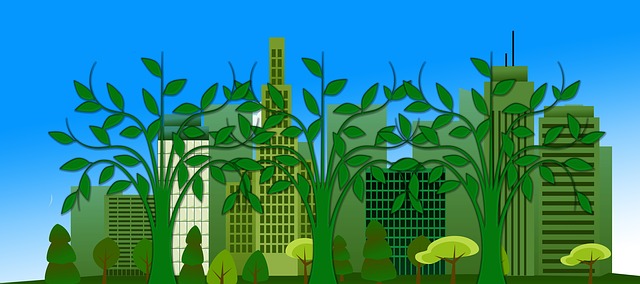What is meant by Microplastic?
When plastic is produced, used or even when it is disposed, it sheds tiny, micro scale particles that are too small to be seen by the naked eye. These tiny particles are called microplastic and they are present everywhere from our food to even crossing the placental barrier between mother and fetus. It is especially fatal for fetus, and studies have proven that microplastic is even present in breast milk.
The term ‘Microplastic’ came to light after a 1970’s discovery that the ocean floor is littered with tonnes of small plastic debris and negatively effected both flora, fauna and humans living in an environment where these particles or fragments were prevalent.
What is Microplastic Pollution?
Microplastic that is less than 5mm in length and has broken apart from larger pieces of plastic during production as well as during regular use, wear and tear of plastic materials and products. Microplastic is also a byproduct of clothes and fabrics processing, dyeing, mercerizing and other manufacturing processes. These ultimately one way or another end up in the oceans, and causes more harm to marine ecosystems and biodiversity.
Also read: http://Marine Pollution – Its Risky Effects on Marine Life & Humans
Effects of Microplastic Pollution:
Some effects are enlisted and briefly described below:
- Effects the uptake of oxygen in many aquatic animals especially in fish where these may become stuck and block the gills of fish. Additionally, feeding behavior is also impacted in many species of fish and the presence of microplastic in oceans and water causes reproductive problems amongst aquatic species.
- When fish and other sea food are consumed by humans the microplastic can cause cell toxicity as well as neurotoxicity.
- It also slows down larval growth and development that affects many marine species.
- Moreover, as the plastic is broken down, microplastic keeps accumulating in the body of humans and may also be carrying diseases, parasites, and pathogens on the surface.
- In addition microplastic are increasingly being linked to cancer of various forms, and they also release toxins and can absorb various chemicals they have been exposed to when they were a part of a bigger plastic product.
- Microplastic and plastic waste in general being very pervasive and non-biodegradable, they can become the inadvertent cause of various illnesses even in very healthy individuals.
- Although microplastics are biochemically inert or non reactive owing to their composition which is basically just plastic, However, it is important to realize that due to further break down and fragmentation resulting in reduced size they become potentially more toxic and persistent in the environment where they impact health of the animals and humans first and foremost.
Causes of Microplastic Pollution:
- Resin Manufacturing.
- Paint Industries
- Fast fashion or Textile industry
- Cosmetic Industry where they use microbeads for various beauty procedures and products.
The list is by no means exhaustive but just provides a gist as to how each and every industry produces microplastic that has become such a huge problem to address in health and safety of the environment and general public. These microplastics are present everywhere from our fruits and vegetables, soils, clothing, skin, eyes, even in our digestive tract! The above mentioned industries are only some of the major contributors of microplastic that were studied however there is plenty of evidence that all factories contribute to its pollution and spread.
Also check out: How Pakistan Is Handling Plastic Waste and Pollution?
Solutions for Microplastic Pollution:
Current solutions proposed to mitigate microplastic pollution include both removal and prevention techniques like:
- Implement proper and advanced waste water technology and drinking water purification systems.
- Install filters in stormwater drains and sewage systems to trap plastics and microplastics from reaching the greater sea or water bodied.
- Skimming devices that skim the surface of water to remove plastics so that they do not continue to degrade in water are also being developed and are currently being worked on.
- Adoption of bioplastics: which are plastics made by biological based substances that are easily degradable. Even though they have their own problems and provide only a short term solution to the chronic problem of plastic pollution.
- Certain microorganisms that exist naturally are also used to degrade microplastics that use carbon in the structure as an energy source, these microorganisms are said to be able to thrive in any environment and more studies are currently being carried out on them.
For further reading check out, Non-Recyclable Multi-Layer Plastic MLP Uses and Alternatives
Conclusions:
As of current statistics, plastic composes 80-85% of marine litter. Even though microplastic problem is a persistent problem for the environment, its negative effects on humans occur primarily depending on the doses, concentrations and duration period in the human and animal body.
Due to the size of the microplastics there is a limitation on removal techniques and how we can prevent its introduction into the environment in the first place.
You may also like to read: Plastic Crisis: An Emerging Threat to Mountain Ecosystem
I hope you all liked this post! Please comment below if you have any suggestions, comments, or feedback! We at #envpk love hearing from our readers! Thanks!




